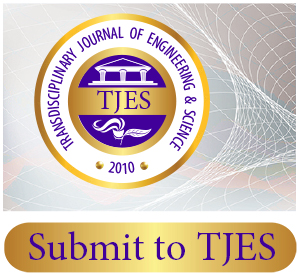Building Transdisciplinary Urban Space (Part III): Experimental Transurbanism
Abstract
This paper is the third part of a set of three papers that utilizes the classification of transdisciplinarity into theoretical, phenomenological and experimental transdisciplinarity (Nicolescu 2010) to suggest some fundamental perspectives and concepts that would be required in order to start building a transdisciplinary vision for urban space in research. In the first and second parts, we dealt with Theoretical and Phenomenological transdisciplinarity in urbanism. Theoretical transdisciplinarity in urbanism (the first paper) needs to take into account the dialectical process of scaling and the interrelationship among various spatial scales; it also needs to come to terms with the idea of relationality of urban space, a humanistic view of space and place, the “poetics of space,” and a clear understanding of the idea of space in contemporary physics theories such as quantum gravity. Phenomenological transdisciplinarity as applied to urbanism, or the experience of the built space (explored in the second paper), needs to transcend both intellectualism and empiricism via Merleau Ponty’s and Lefebvre’s triad of spatial practices, representational space and spaces of representation, differential space, and Sojas thirdspace; it also makes use of the architectural concepts of schemata, diagram and type; further, phenomenological transurbanism uses the concept of palimpsest in order to account for the experience of time in space. This third paper deals with Experimental transdisciplinarity, which in urbanism takes into account basic quantum concepts such as non-locality, entanglement, discon- tinuity, non-separability, and aims at explaining processes of planetary urbanization in the so-called “Anthropocene,” characterized by glocalization, hy- bridization, complexity, sustainability, remembrance and the reality of digital spaces.


